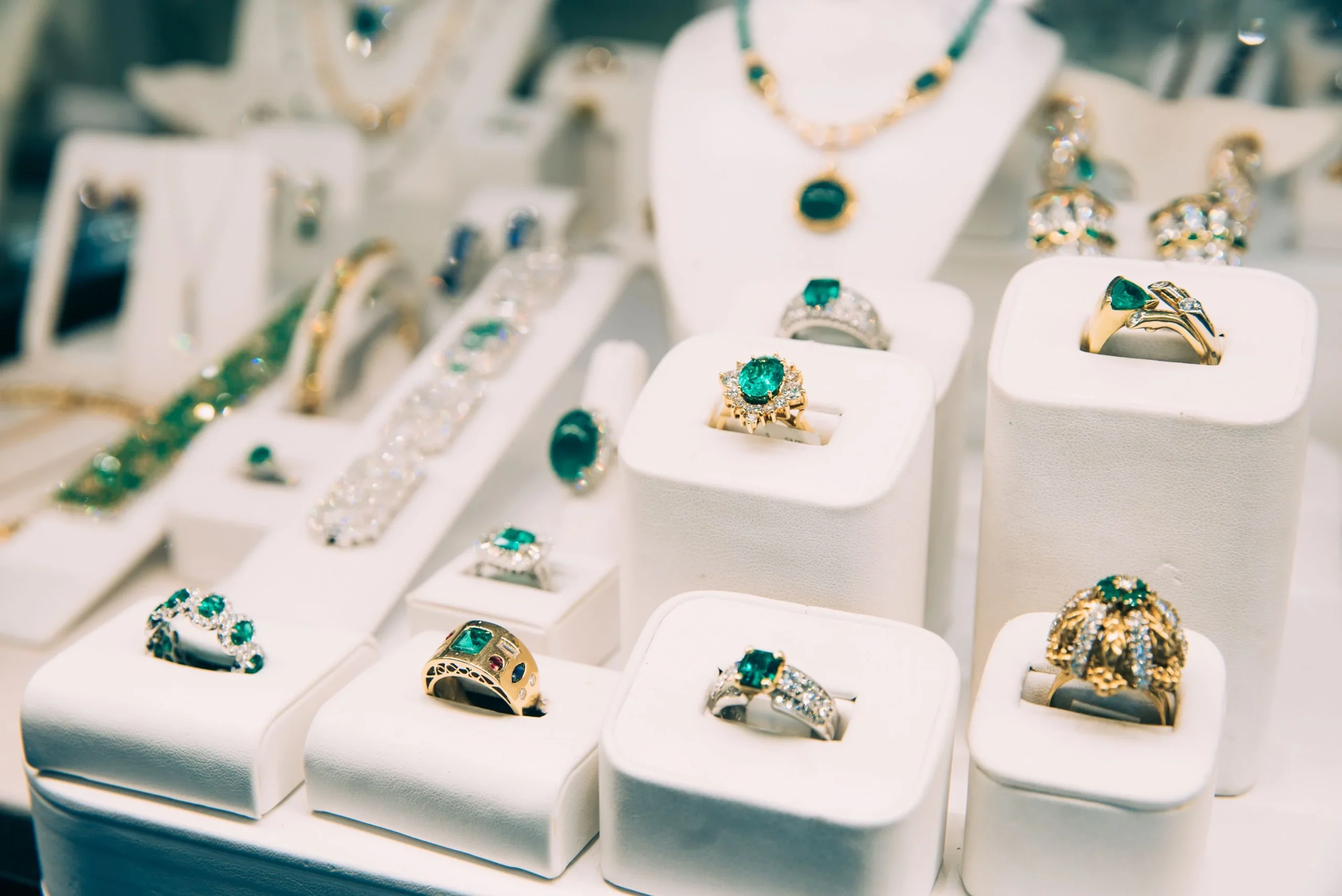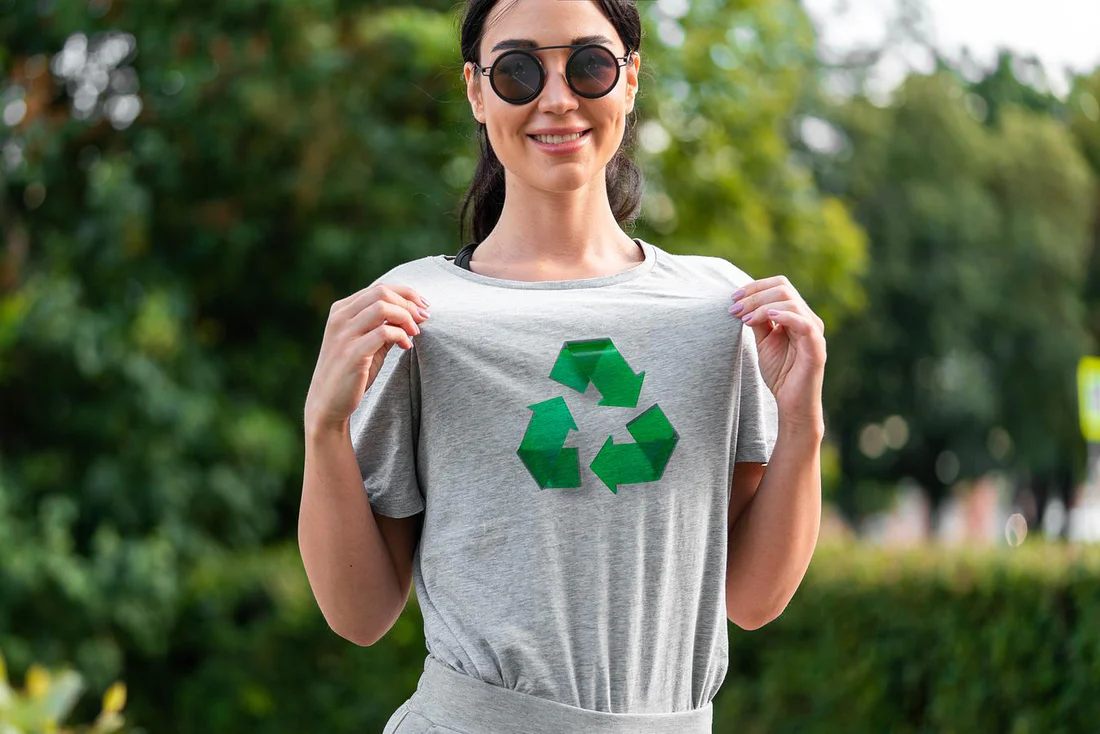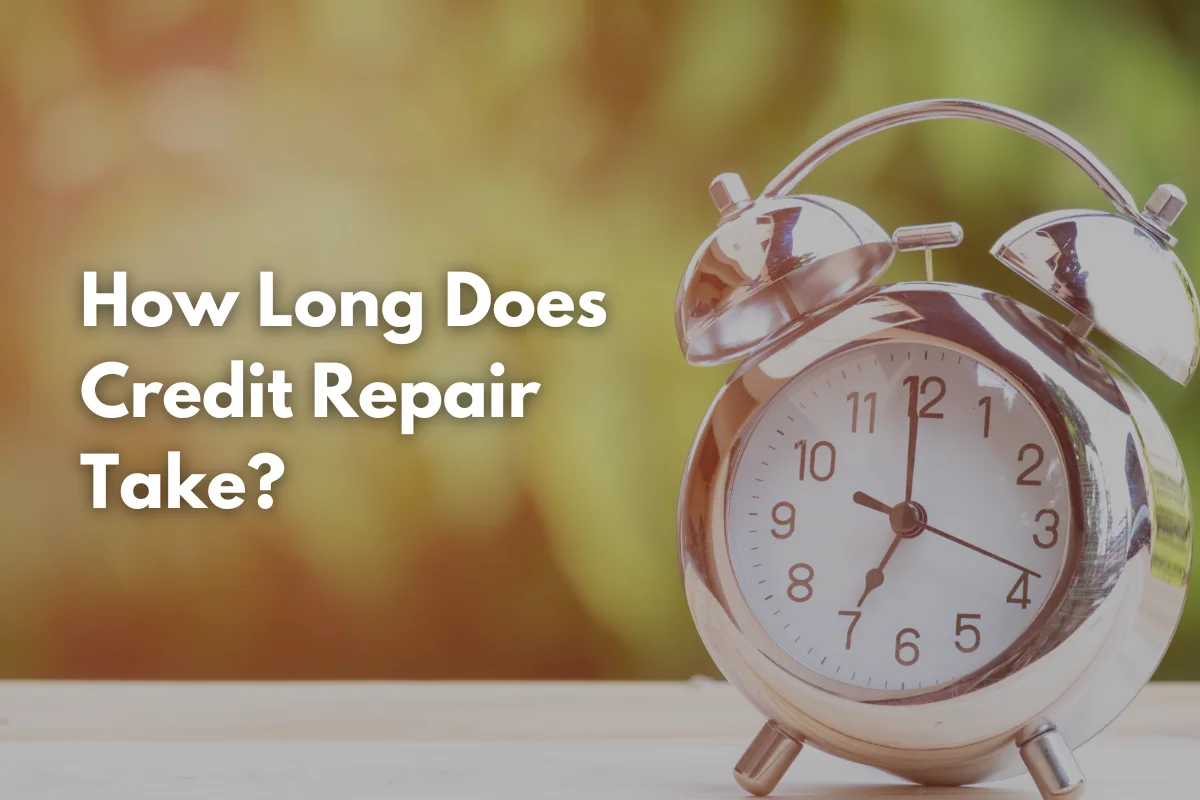Why do some people see jewelry not just as adornment, but as an investment worth building into their portfolio? Around the world, fine jewelry has been steadily gaining ground as both a lifestyle choice and a financial safeguard. Gold, diamonds, and designer pieces are more than accessories; they represent stable, tangible assets in a volatile economic climate. Few places illustrate this duality more vividly than Scottsdale, Arizona—a city where luxury, culture, and market opportunity converge to create a distinctive edge in the world of investment jewelry.
Jewelry as an Investment Class
The idea of jewelry as an investment is hardly new. For centuries, civilizations have stored wealth in precious metals and stones because of their portability, rarity, and intrinsic value. Today, this tradition persists, but with added sophistication. Gold prices continue to rise during times of economic uncertainty, diamonds remain synonymous with enduring worth, and branded designer jewelry often appreciates as certain collections become highly sought after.
Unlike stocks or digital assets, jewelry has a tangible quality. It can be worn, celebrated, and enjoyed while simultaneously accruing value. This blend of emotional and financial return is one of the reasons it attracts a wide audience. Investors see jewelry as a hedge against inflation, while families pass heirlooms down as symbols of continuity. Scottsdale’s affluent residents and visitors embrace both perspectives, treating fine jewelry as a bridge between legacy and investment.
Scottsdale’s Luxury Culture and Market Edge
Scottsdale has cultivated a reputation for high-end living. Its luxury resorts, art galleries, golf courses, and upscale shopping districts attract visitors from across the United States and abroad. Jewelry fits seamlessly into this environment, where refinement and exclusivity are part of the lifestyle. Events such as jewelry exhibitions, art auctions, and high-profile galas further fuel the city’s appetite for statement pieces and collectible assets.
The city’s culture of luxury provides fertile ground for jewelry investments to flourish. Unlike markets where jewelry is seen primarily as adornment, Scottsdale positions it as a cornerstone of refined living and financial acumen. Buyers and sellers alike recognize that jewelry here isn’t fleeting fashion—it’s a status symbol that can also strengthen a portfolio. This cultural alignment is what gives Scottsdale its unique edge in the broader jewelry landscape.
Scottsdale Jewelry Buyers
At the heart of Scottsdale’s jewelry market are the professional buyers and appraisers who ensure trust and transparency in transactions. A thriving resale market depends on accurate valuations, and Scottsdale has cultivated expertise in this area. Local buyers understand both global price benchmarks and the nuances of what makes a piece valuable in resale: certification, brand, condition, and rarity. A trusted Scottsdale jewelry buyer combines this expertise with personalized service, helping sellers achieve peace of mind during the transaction.
For sellers, this means confidence. Whether parting with an estate diamond ring, a gold necklace, or a designer watch, they can expect to receive competitive offers grounded in knowledge rather than speculation. For investors, it means a more efficient market, where liquidity is real and trustworthy. The presence of these skilled professionals sets Scottsdale apart from other cities, where resale opportunities can be inconsistent or less transparent.
Estate Jewelry and Heirloom Resale
One of the most distinctive aspects of investment jewelry is its dual nature—both financial and sentimental. Estate jewelry illustrates this perfectly. An heirloom engagement ring may carry decades of family history, yet it also represents significant market value. Scottsdale has become a hub for these kinds of transactions, where families find new homes for cherished pieces while ensuring they are fairly appraised.
This strong estate jewelry market reflects Scottsdale’s balance of respect for tradition and embrace of opportunity. Sellers often find that buyers in the city not only value the materials but also the story behind the piece. In this way, jewelry continues its journey, connecting past and present, while allowing its value to remain liquid for those who choose to sell.
Trends Shaping Investment Jewelry in Scottsdale
Investment jewelry is not static; it evolves with cultural and economic shifts. Scottsdale reflects these trends in unique ways. Designer pieces from luxury houses such as Cartier or Tiffany often command high resale value, especially when they belong to discontinued collections. Vintage and retro jewelry has also seen a resurgence, as Millennials and Gen Z appreciate unique designs with history attached.
Another trend is the rise of diamonds as alternative assets. Increasingly, investors are diversifying portfolios to include tangible items with enduring value, and diamonds fit naturally into this category. Scottsdale’s younger generations, in particular, are viewing jewelry not only as symbols of love but also as smart, long-term investments. This blend of tradition and innovation is what makes the city’s jewelry market dynamic and future-focused.
Scottsdale vs. Other Jewelry Markets
While global hubs like New York, Los Angeles, and Miami dominate the jewelry conversation, Scottsdale offers a compelling alternative. Unlike New York’s fast-paced auction houses or Los Angeles’ celebrity-driven market, Scottsdale thrives on a mix of accessibility, expertise, and cultural appreciation. Sellers in Scottsdale often find that their jewelry receives more personalized attention, while buyers benefit from a transparent environment less influenced by hype and more by intrinsic value.
Scottsdale’s geographic location also contributes to its edge. Positioned as a luxury destination in the Southwest, it draws high-net-worth visitors from across the United States who come for its resorts, golf courses, and shopping experiences. Jewelry transactions naturally flow from this ecosystem, making Scottsdale an increasingly recognized name in luxury resale.
Practical Tips for Jewelry Investors in Scottsdale
For those considering jewelry as an investment in Scottsdale, a few principles stand out. First, certifications matter. Diamonds with GIA or AGS certification, for example, carry far more credibility than uncertified stones. Brand recognition is another key factor; jewelry from Cartier, Rolex, or Tiffany often resells more easily and at stronger prices.
Timing is also worth noting. Selling during periods of high gold or diamond demand can significantly improve returns. Scottsdale jewelry buyers are well-versed in tracking these shifts, helping sellers choose the right moment. Maintaining documentation—receipts, appraisals, and certificates—can further strengthen resale value. Most importantly, choosing a reputable local buyer ensures that pieces are fairly appraised and valued according to global standards, not just local demand.
Conclusion
What makes Scottsdale’s jewelry market so distinctive is the way it blends financial logic with cultural meaning. Jewelry here isn’t simply about sparkle; it’s about stability, legacy, and opportunity. From estate heirlooms finding new homes to high-end designer pieces commanding strong resale prices, Scottsdale has carved out a unique niche where investment jewelry thrives.
As luxury and investment increasingly overlap in people’s lives, Scottsdale stands out as a city ahead of the curve. It represents a place where jewelry is treated with the seriousness of an asset and the reverence of an heirloom—an approach that cements its role as a true market edge in the global conversation about investment jewelry.









